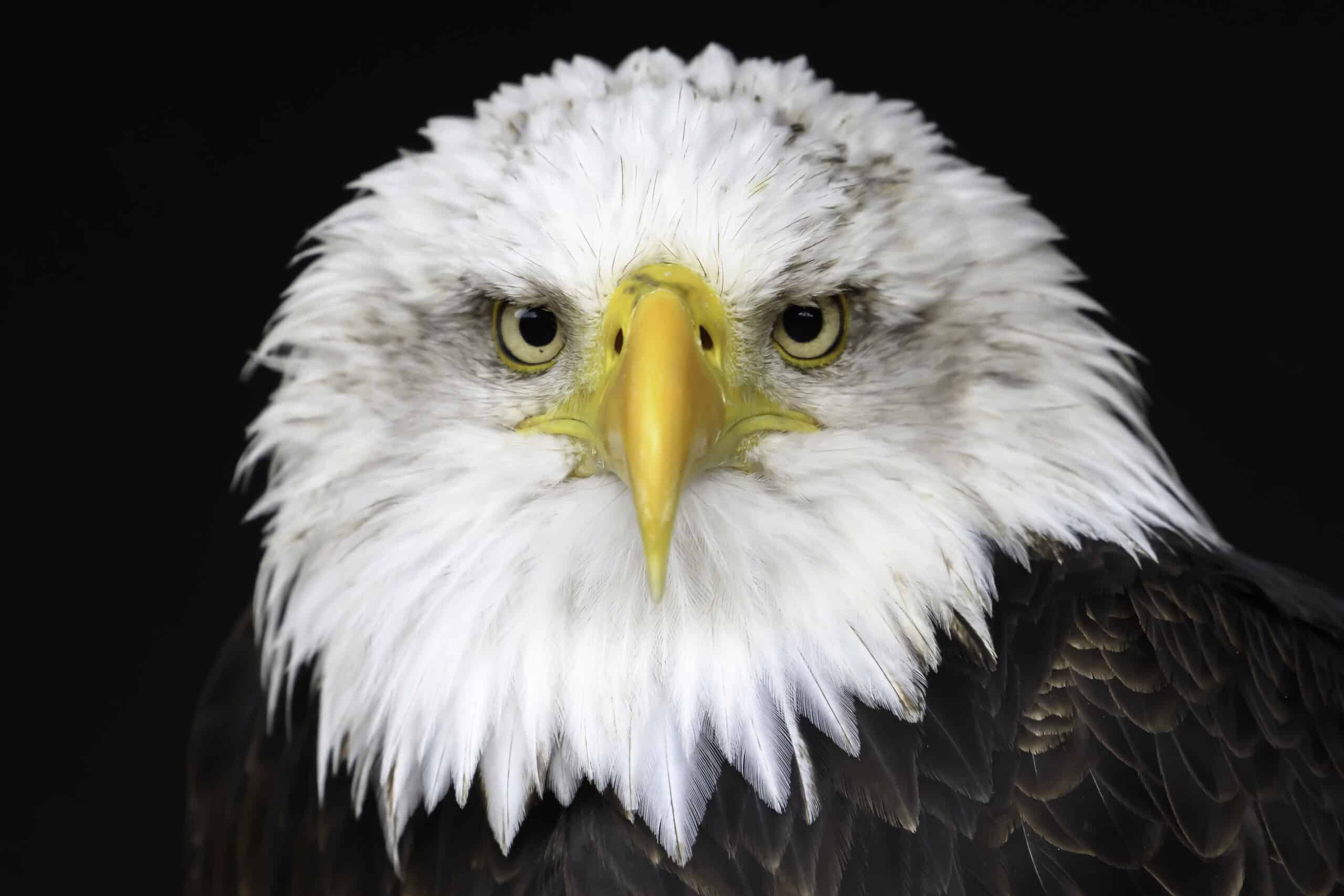With his takeover of Twitter, Musk has proven himself to be more of an agent of chaos than a disrupter. Disrupters have been celebrated as the innovators and drivers of the new economy, blazing new trails and finding new markets, but as Twitter users, employees and advertisers have discovered in the last few weeks there is a big difference between disruption and wholesale carnage.
Since his takeover of Twitter for $44 billion Musk has forgotten the cardinal rule of takeovers and senior management changes – don’t do anything for a few months. Unless there is an absolute crisis, the best thing new management can do is nothing at all. In a buy-out, this is the time to learn about your new toy and reassure your clients and employees that all is well. From this base of stability and knowledge, changes and innovations can be slowly introduced without destroying the company.
This is not, however, Elon Musk’s way. On day one he posted a tweet of himself walking into Twitter HQ carrying a kitchen sink, saying: “Entering Twitter HQ – let that sink in!” He immediately began making untested changes to the platform, making major policy announcements in real time via tweet and then immediately reversing himself, firing and rehiring key staff, and generally trolling Twitter users and the world from his new platform. He fired CEO Parag Agrawal, CFO Ned Segal, and policy chief Vijaya Gadde in the first couple of weeks.
The result has been a rush for the door, both in long-time users and advertisers. Twitter has (or had) roughly 450 million monthly active users. In FY 2021 advertising services generated USD $4.5 billion for Twitter, or about 89% of its revenue. As a result of the chaos and criticism of Twitter’s rudderlessness, advertisers have canceled or “put on pause” their ad buys. To date these include General Mills, the Volkswagen Group, General Motors, Pfizer, United Airlines, Audi, Farvel, and Carlsberg. Their concerns are not just about a drop in Twitter users, but also “concerns about a rise in misinformation, hate speech, and other distasteful content under his watch.”
This is also a major concern for thousands of marketing specialists, investor relations professionals, journalists, media and others who support and report on the small to medium cap public markets. In a few years Twitter has become a cornerstone for companies getting their stories out to a wider audience through press releases, corporate updates, CEO interviews and presentations. Facebook and LinkedIn are also part of the social media ecosystem, but reach and serve different markets.
It is also not just about audience size. According to its public filings, Twitter:
“…creates tailored advertising opportunities by using an algorithm to make sure promoted products make it into the right users’ timelines, search results, profile pages, and Tweet conversations. Advertisers have the ability to target an audience based on multiple criteria. Twitter provides ways for advertisers to build and grow an audience interested in the products or services they are offering. Advertisers also have the option to pay for ads that will appear at the top of the trending-topics list or timeline.”
If Twitter crashes and burns companies and investor relations professionals will be faced with a fragmentation of their social media buys. Facebook has far more users than Twitter (with roughly 2.96 billion monthly active users as of Q3 2022) and uses its own ad targeting algorithms, but reaches a different audience than Twitter. For business, Twitter’s value in the space is as an aggregator of users, particularly journalists and media outlets, and no other similar platform comes close to its audience. Mastodon and CounterSocial are popular destinations for people fleeing Twitter, but they are both small, ad-free, appeal to different demographics, and it will be a long while before they accumulate an audience or for companies to re-create their hard-won audience of Twitter followers.
It may well be, in the phrase often attributed to Mark Twain, that reports of Twitter’s death are greatly exaggerated. The brand, the technology and the market are all valuable properties. Maybe not worth $44 billion by the time Musk is finished with his capricious vanity meddling, but a valuable property nonetheless. Musk may have put up a lot of money from the sale of his Tesla shares, but the financiers who put up the rest of the funding for the buyout will have something to say seeing their investment evaporate. Major banks, including Bank of America, Barclays, BNP Paribas, Mizuho, Morgan Stanley, MUFG, and Societe Generale committed to giving Musk $13 billion for the acquisition. Morgan Stanley alone has contributed nearly $3.5 billion for the acquisition. There will be a point when they demand that Musk stop running with scissors.
Companies and their marketers are holding their collective breath as they watch one of their most useful investment relations tools speed towards the cliff, wondering what they will replace it with.
In the words of Elon Musk in a tweet addressed specifically to his “Dear Twitter Advertisers” on October 27th who were jumping ship:
“Fundamentally, Twitter aspires to be the most respected advertising platform in the world that strengthens your brand and grows your enterprise… Let us build something extraordinary together.”
It may still be possible, if he can restrain himself for five minutes in his reckless campaign to tear it down.




Leave a Reply